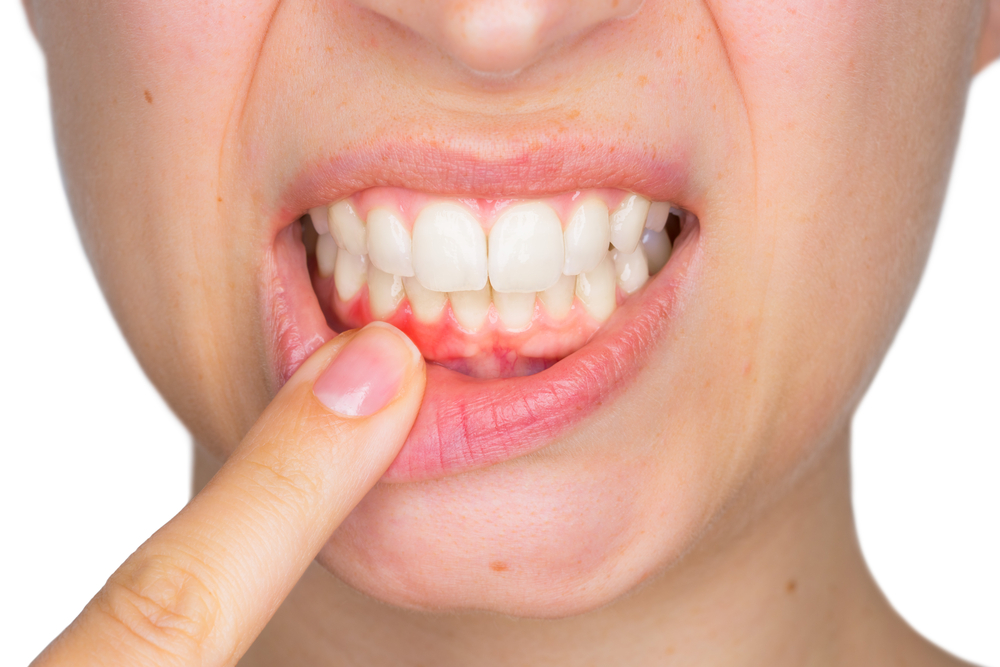As humans, we like having a clean mouth. Long ago people would chew tree twigs to spread the fibers, which acted like bristles to clean their teeth.
In fact, the ancient Greeks used pumice, talc, alabaster, coral powder, or iron rust as toothpaste. Thankfully today, we have many more effective choices that yield fantastic results and fresh mouths.
Here are some simple guidelines you can implement in your home:
- Start oral hygiene habits early. It's never too early to make brushing and flossing a part of their morning and nightly routines.
- Set a good example. Brushing with your children can allow them to see proper techniques, and allow you to know if they are "cutting corners".
- Turn toothbrushing into a game. Having charts and fun incentives to encourage proper brushing and flossing can increase children's desires.
- Tell a story. There are really fun dental apps that you can download that have stories or songs set to the optimal brushing time. This helps them learn the proper length of a brushing session.
- Choose the right tools. Letting your children be part of the oral hygiene process makes a huge difference in their willingness to brush and floss. Make a big deal out of their ability to choose their new toothbrush and toothpaste.
- Flossers are a great way to help children learn how to floss themselves. Flossing is a critical step in preventing cavities.




















